Weedy seadragons in the running for nature’s best dads
At least 20 hatchlings, or frys, were born in an Ohio aquarium in time for Father's Day. The post Weedy seadragons in the running for nature’s best dads appeared first on Popular Science.

Four weedy seadragon (Phyllopteryx taeniolatus) males are carrying eggs for the first time in a public aquarium. The Columbus Zoo and Aquarium in Ohio announced the achievement just in time for Father’s Day–and some have already hatched.
Weedy seadragons are bony seahorse relatives native to Australia’s coasts with small heads, long tails, and leaf-like limbs. They can reach 18 inches long, and blend in marvelously with seaweed, which has made it difficult for researchers to study them in the wild. Their unique reproductive process is also infamously difficult to nurture in captive breeding programs, so the sea creatures have remained enigmatic. Like their other seahorse cousins, weedy seadragon males carry fertilized eggs instead of the females.
“In the world of aquatic animal care, this is a remarkably rare and meaningful milestone,” Megan Brown, director of Population Management Strategy for the Association of Zoos and Aquariums, said in a Columbus Zoo and Aquarium statement. “Weedy seadragons are among the most challenging marine species to breed, and observing multiple males brooding eggs within the same timeframe offers exciting new insight into their complex reproductive biology—something few facilities have accomplished.”

Part of the complexity comes from the weedy seadragons’ intricate mating ritual. It essentially involves a snout-to-snout dance in which a male and female mirror each other’s movements as they travel up and down a water column. The female transfers her eggs onto the male’s tail, where he fertilizes and carries them until they hatch six to eight weeks later.

As of Monday June 9, 20 eggs have hatched at the Columbus Zoo and Aquarium. The organization’s animal care team is keeping a close eye on the inch-long hatchlings. A baby seahorse at this stage is called a fry and this crew is reportedly scarfing down around 9,000 baby mysis shrimp and 18,000 copepods (planktonic crustaceans) per week with a “voracious appetite.” The team will actively raise them for at least a year.
[ Related: 8 animal fathers that take care of their eggs. ]
In 2024, the aquarium also had reason to celebrate when a single weedy seadragon hatched over 20 babies, the first ever weedy seadragons to hatch in their tanks. According to the organization, only a few North American institutions have achieved this.
Weedy seadragons are not the only species with highly engaged fathers. Male seahorses, emperor penguins, silverback gorillas, and arctic wolves are just some of the dads that deserve an extra special Father’s Day celebration.
The post Weedy seadragons in the running for nature’s best dads appeared first on Popular Science.













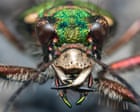
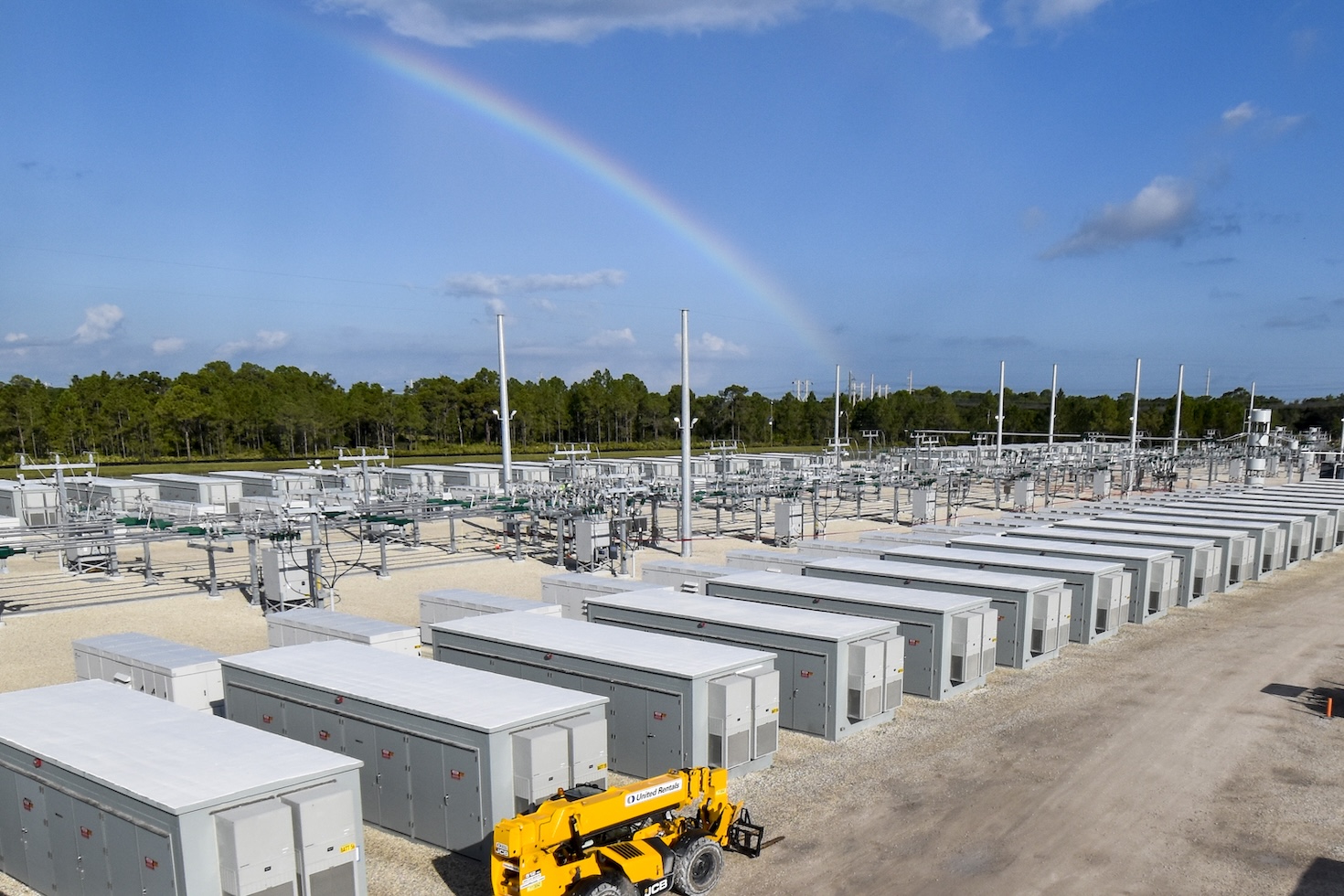










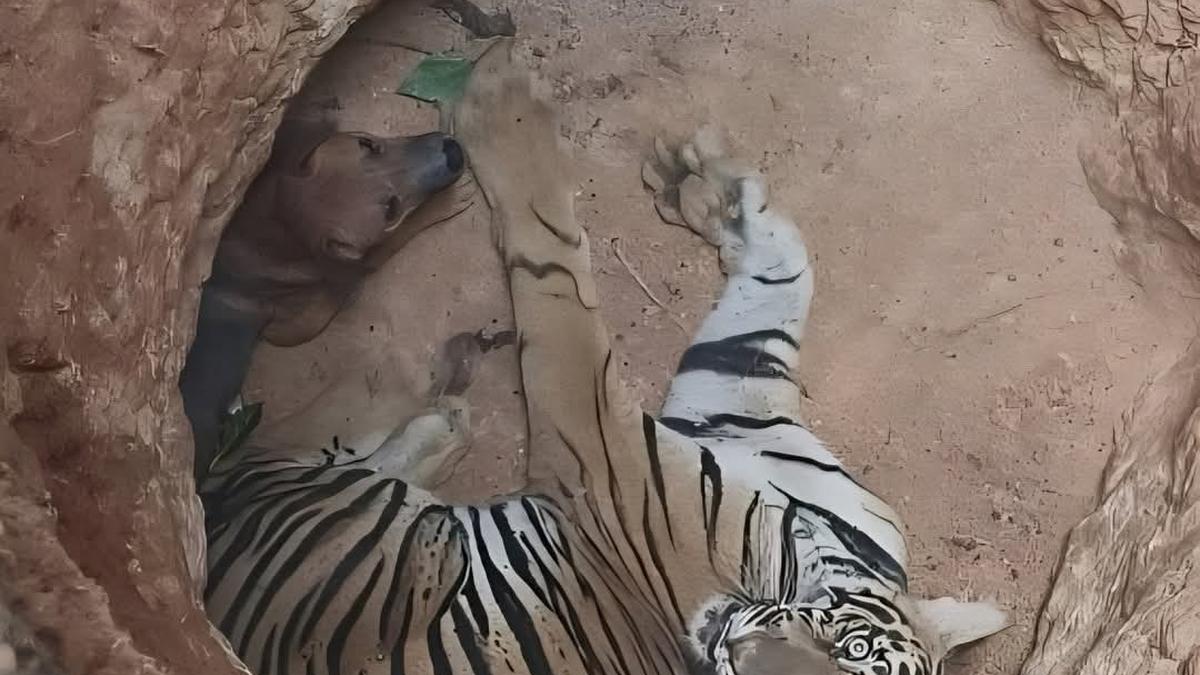








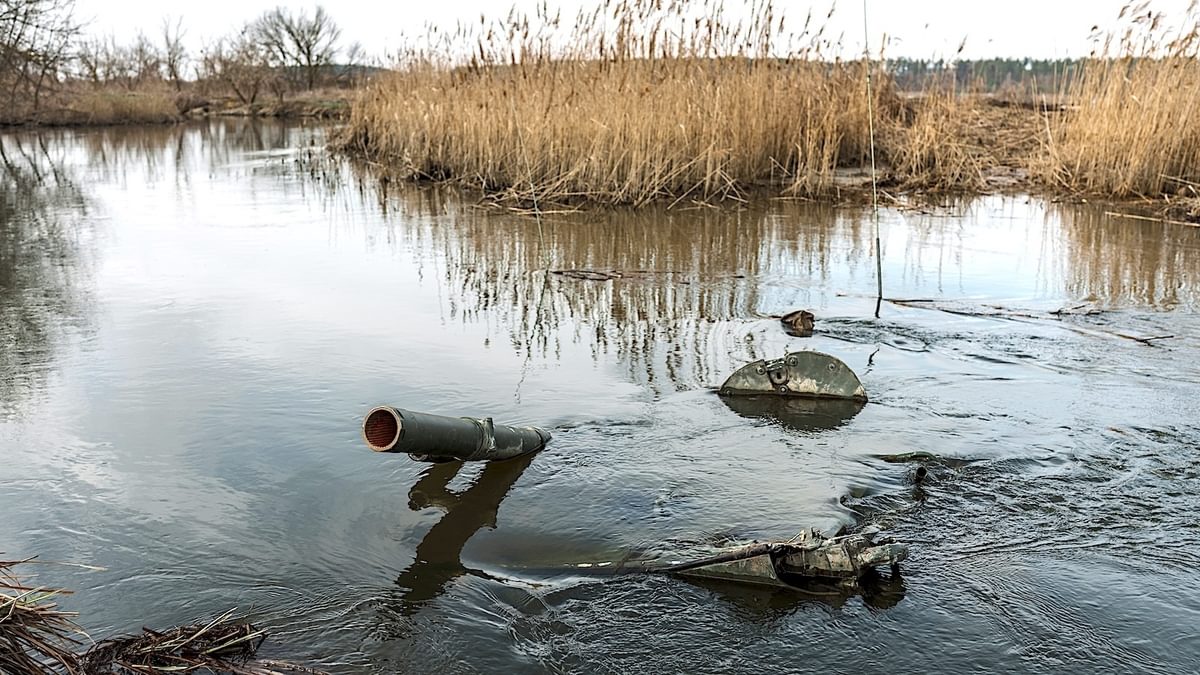






















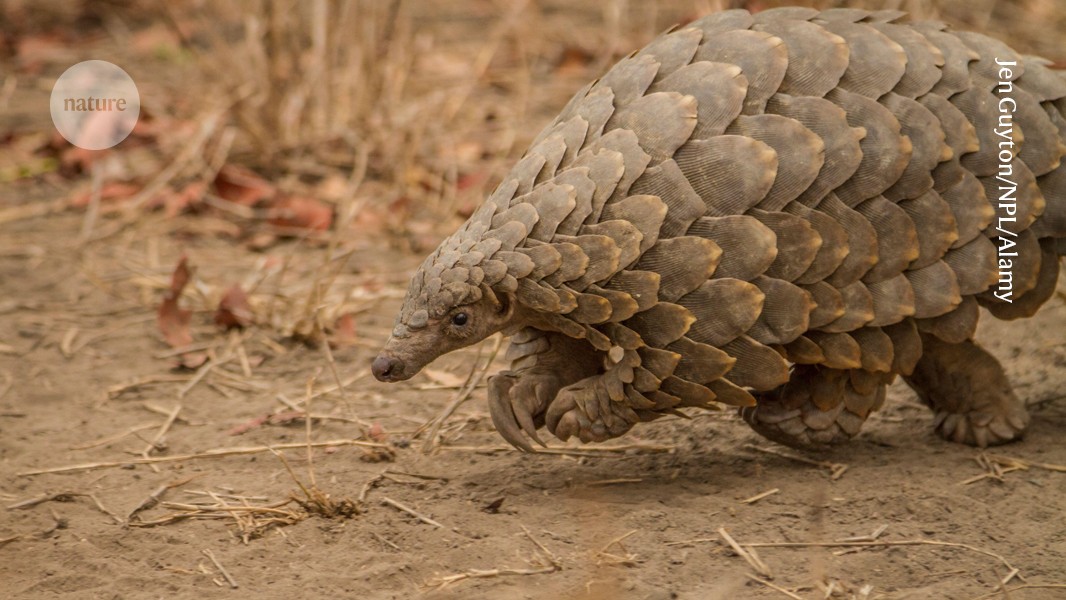

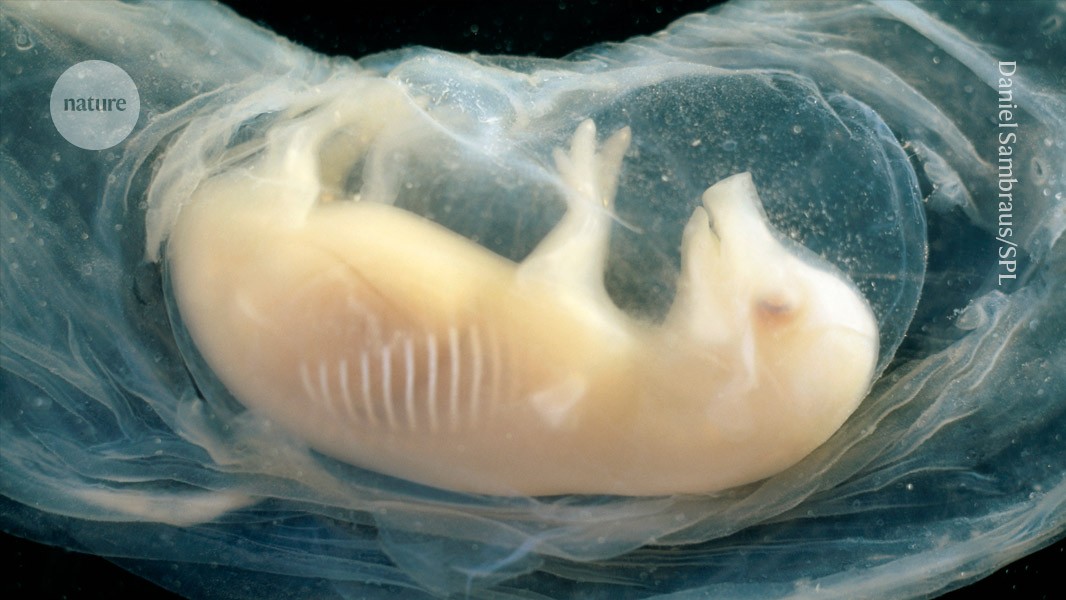


























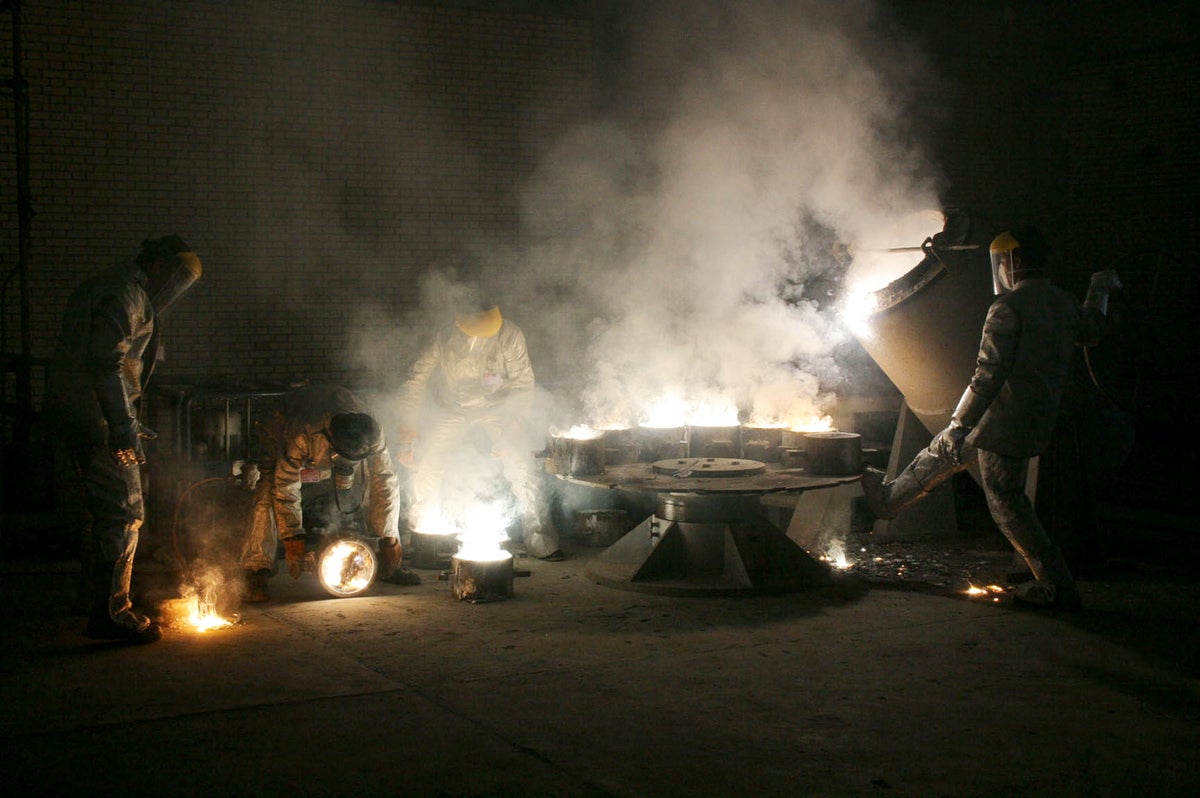
































.png?#)




































